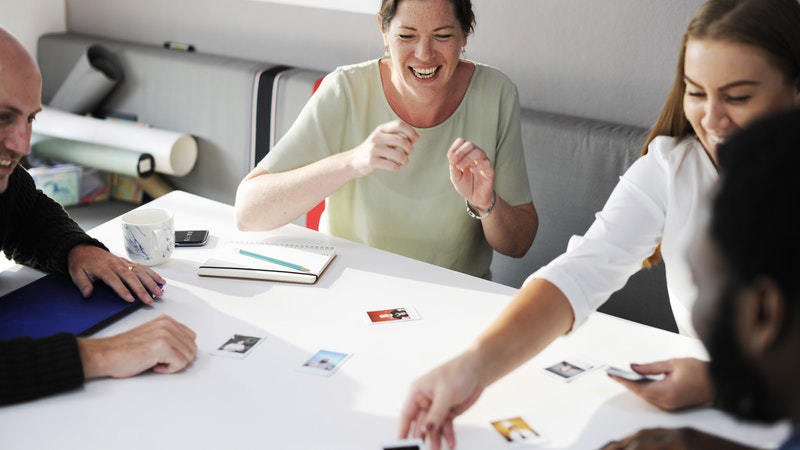Making Sense of Contextual Inquiry
Episode #4 of the course Introduction to design thinking by Lee-Sean Huang
Yesterday, we looked at the example of how empathy helped Doug Dietz and his team discover insights and design a better way for sick children to interact with a previously scary medical scan. We also met Silent Sponge, Paraphrasing Parrot, and Probing Puppy, the three animal mascots to help us remember general tips related to contextual inquiry, which refers to observing and interviewing users as part of the Discover phase of DT. Today, we will learn more about how to make sense of what we see and hear in our contextual inquiry.
Preparing Your Design Team
First off, remember that DT is usually a team sport. A diverse design team can usually go deeper and broader than a more homogeneous team and certainly more than any one person. That being said, while a design team may have three to six or more members, contextual inquiry usually works best with two or three researchers.
Bringing too many team members to a user’s home or place of work for contextual inquiry may be a little distracting or intimidating for the person being interviewed. Having two or three team members means you can trade off asking questions, observing the context, and taking notes. Or, you can decide beforehand that one member will be the primary interviewer, and another will be in charge of note-taking and documentation.
It is often helpful to take photos during the contextual inquiry. Ask for permission beforehand, and communicate with potential interviewees that this is part of the discovery process. For legal compliance reasons, you will probably want to ask interviewees to sign a waiver before you begin.
Try to document any personal artifacts that may be relevant to your research. For example, if you are researching the ways that users manage their time, take photos of the interviewee’s calendar or planner. Also, look to capture hands and facial expressions. While video can sometimes be a helpful medium for documenting contextual inquiry, it can often be a little intimidating and distracting for the interviewees. Use discretion and best judgment when it comes to video documentation.
Head, Heart, Hand
After a contextual inquiry is finished, debrief with your design research team. What was surprising? Where there any tensions or contradictions in what was said? Think of the Head, Heart, Hand framework to help organize and group your notes and observations. This is the next step in moving from observations to inferences and insights. In other words, you will need to make sense of what you saw and heard in the contextual inquiry. This may require making some educated guesses.
Head: What might the interviewee be thinking? Are there mental models that explain their behavior?
Heart: What might the interviewee be feeling? What kinds of emotions emerged during the contextual inquiry?
Hand: What did the interviewee do during the contextual inquiry? Was their body language open or closed? How do they describe their actual behaviors versus their aspirations?
While organizing your contextual inquiry notes through this framework, look for tensions, contradictions, and anything surprising or out of the ordinary. This is the way to find potential insights.
User Profiles
After organizing and analyzing your notes through the lens of the Head, Heart, Hand framework, the next step is to create a user profile. A user profile or “point of view” (POV) is a summary and synthesis of your user’s needs and sets the stage for framing your creative brief and for ideating potential solutions to your user’s problems and pain points. We have found from experience that it is better to create separate profiles for each person that you interviewed, rather than creating fictional composite “personas” that draw from contextual inquiries with multiple real people.
Here is a basic template for constructing a user profile:
• We met [insert the name of the user].
• He/She needs [insert need].
• Because [insight—what was surprising?].
• It would be amazing/awesome/game-changing if [user] had a way to [task/goal].
Complement the text of the user profile with relevant photos from your contextual inquiry.
Tomorrow, we will look at a specific example of a user profile and build on that to arrive at a How Might We (HMW) question that will form the basis of the Define phase of DT.
Recommended book
Insight Out: Get Ideas Out of Your Head and Into the World by Tina Seelig
Share with friends

